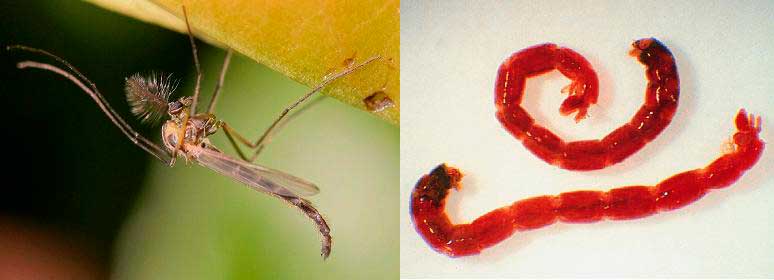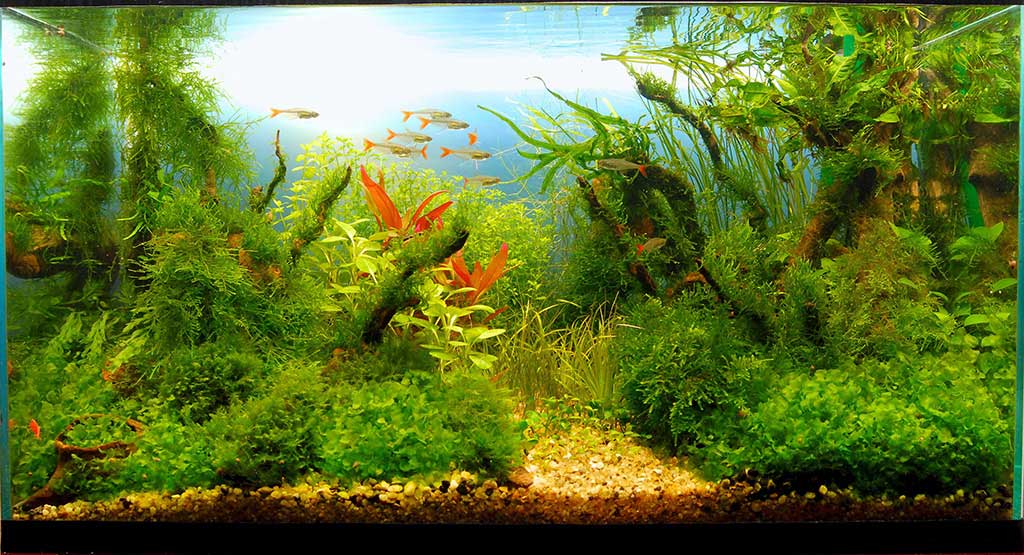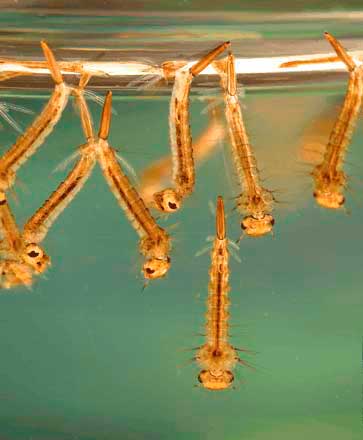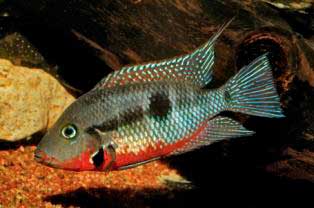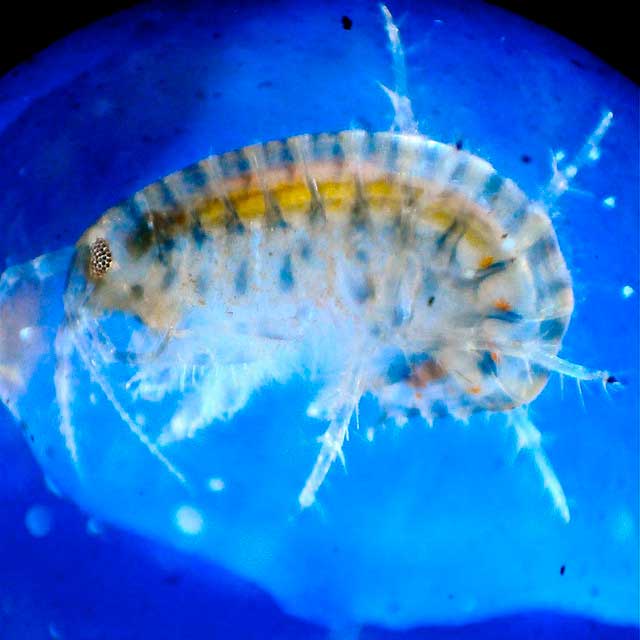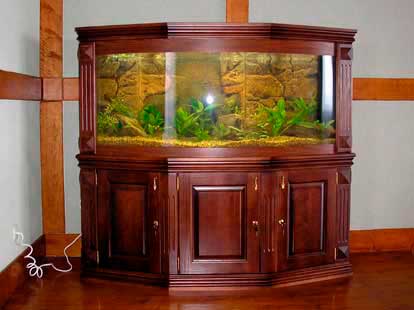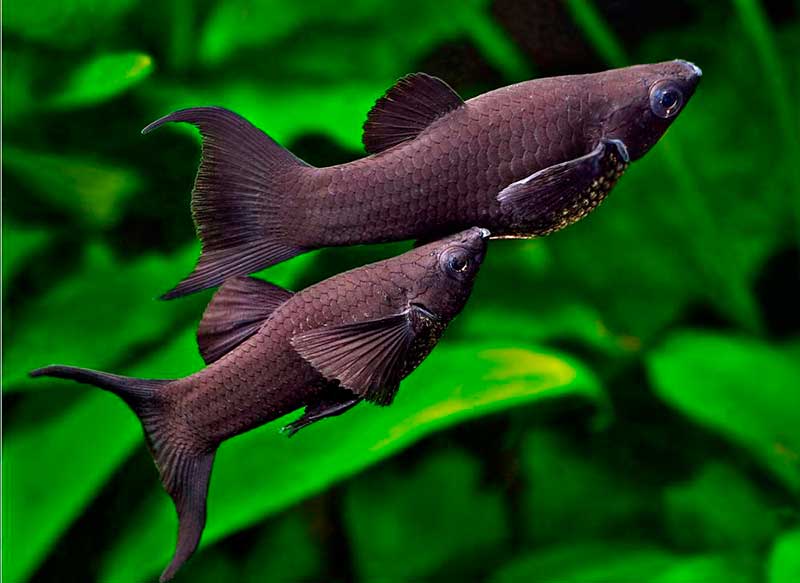The bloodworm is the larva of the mosquito derguntz or another name – Chironomus plumosus (Chironomus plumosus). This mosquito got its name for its periodic twitching of its front legs. In contrast to the associations arising at the word “mosquito”, this representative of the mosquito genus does not bite.
And it does not bite, probably because it is not a mosquito at all, but only outwardly resembles it. At the beginning of this article I call this insect a mosquito, because for many aquarium lovers it is more familiar name.
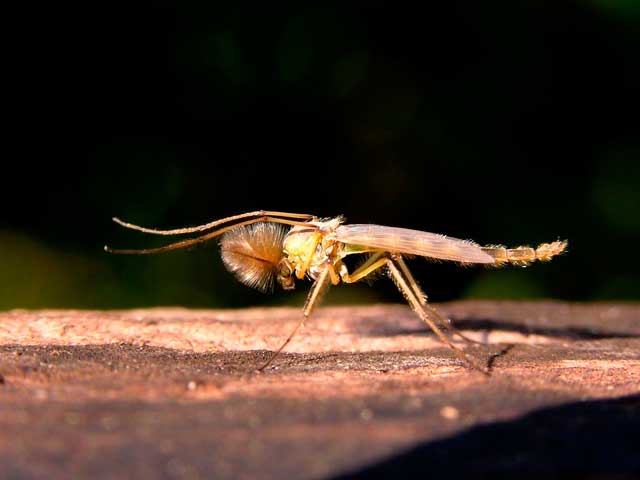
The larva of the common ringworm is wonderful for the aquarist in many ways. The bloodworm is an excellent food for almost all fish species. It is gladly eaten by both guppies and scalaria. Also if it is sorted by size, then small larvae can be fed to the growing fry of many fish and small fish, for example, such as neon. And large larvae can be fed to large fish, for example, such as vualetails.
Where to buy bloodworm?
You can buy worm in the nearest pet store or at the market, where they sell goods for aquarists. And if you have such an opportunity, you should definitely take advantage of it. Bloodworm in this case will be properly washed, clean. When buying worm should choose fresh well-washed bloodworm. Fresh worm has a bright red color, which he gives hemoglobin of his blood. And if you touch it with a finger, he begins to move intensely. Well, and of course it is desirable that in your chosen pile of bloodworm was not lumps of dirt twigs and other debris. Dark-colored bloodworms should not be taken – it is not fresh.
How do you get bloodworm?
To extract bloodworm you need some additional equipment, a pond with mud bottom, the desire to feed your pets with fresh treats and the lack of these very treats on sale at the nearest retail outlets.
From the equipment you will need a bucket with a ten to twelve meters long rope tied to it. A sieve for primary washing of worm.
The bucket is thrown into the pond and pulled along the bottom to the shore with a rope. The silt thus collected is put into a sieve in small portions and the mud is sifted out by circular movements. Only bloodworm and large debris should remain in the sieve. Most of the coarse debris can be immediately selected by hand. Thus extracted bloodworm are dumped into a previously prepared canvas rag, wrapped in it and carried home.
At home, the bloodworm are poured into a large sieve with holes large enough for the worm to get through them, but not to fall through them. The sieve is placed over a basin of clean water so that the water barely touches the bottom of the sieve. Smelling the water, the bloodworm will crawl into it. Only small debris that could not be picked up by hands will remain in the sieve.
After that, the worm from the basin should be laid out on a clean dry cloth and when all the water from it drains the work on the extraction of worm can be considered complete.
But before feeding the fish or before freezing the bloodworm, it is desirable to keep it for 2-3 days daily rinsing it with running water. During this time, its intestines will empty, which will reduce the risk of introducing infection into the aquarium.
Can worm be propagated?
If near your country house there is a small bet, lake, pool or just a puddle. Then you can try to provoke the reproduction of bloodworm in this body of water. To do this, it is enough to spread some hay on its surface. At night over the water light a lamp to attract insects that will lay eggs on the wet straw. It is desirable that the bottom of the reservoir was muddy. From time to time the larvae can be fed with a small amount of yeast.
Bloodworm storage
Getting bloodworm is half the battle. It still needs to be preserved. There are several ways to do this. The best, in my opinion, is to lay the bloodworm in a thin layer in a slightly damp, well wrung rag and wrapping it in this rag to store in a dark cool place, for example, on the bottom shelf of the refrigerator. One twice a day bloodworm is desirable to rinse with running water. In this way it is possible to keep the bloodworm fresh for 7 – 10 days.
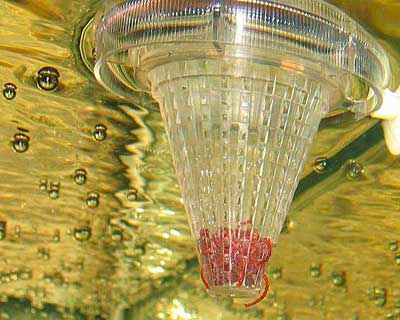
Bloodworm can be frozen. For this purpose, it is desirable to divide it immediately into small portions sufficient for feeding your fish. For this purpose it is convenient to use molds for making ice for cocktails. Although I sometimes did it just in the kulechki rolled up from paper. In the first case, worm can be poured with water, in the second it is frozen in a dry state. Regardless of the method of freezing, before feeding bloodworm must be allowed to thaw! Do not throw frozen worm into the aquarium.
bloodworm can also be dried. Dried worm before feeding large fish scalded with boiling water. And for small fish, as well as daphnia rubbed with fingers.
It is better to feed fish with bloodworm using a special feeder. It slows down the fall of bloodworm to the bottom and fish have time to eat them before they burrow into the sand.
